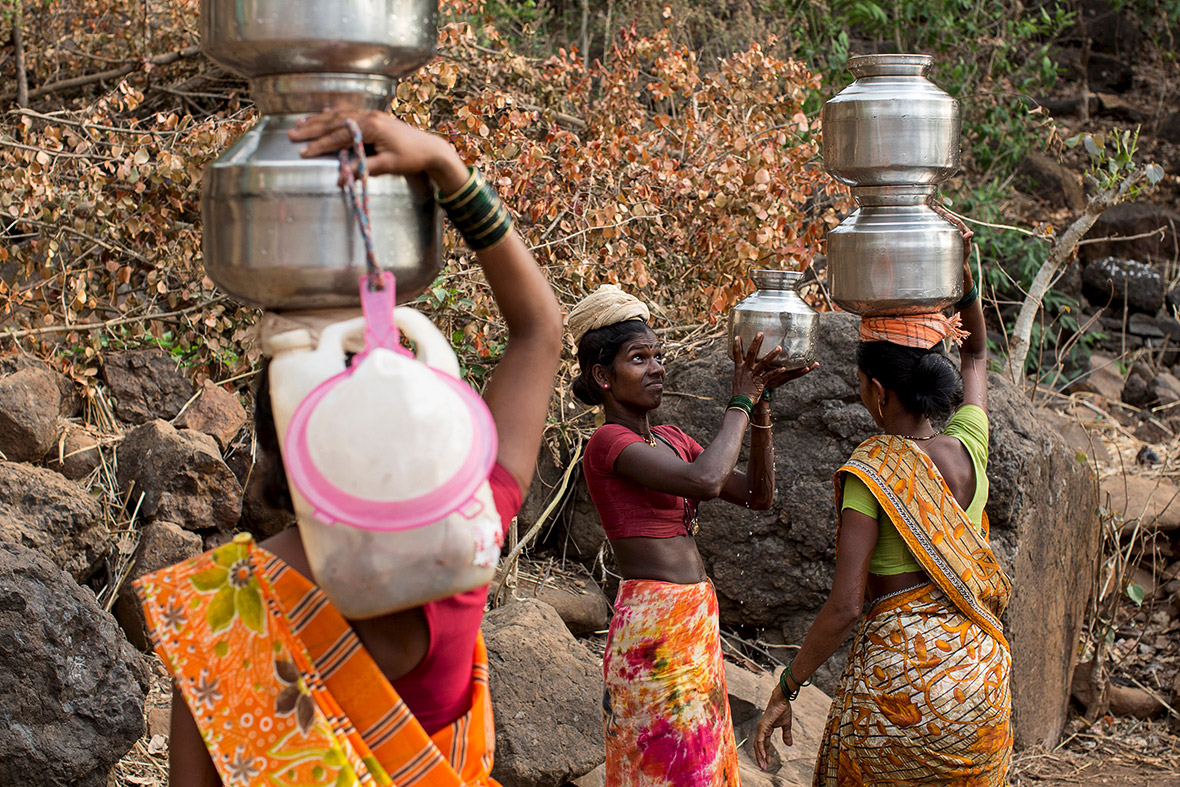India: Drought-stricken villagers take second wives just to fetch water [Photo report]
Homes in the village of Denganmal in western India do not have running water. The only drinking water comes from two wells at the foot of a hill outside the village. The well is often so crowded that the walk and wait can take hours in the sweltering heat.


The solution for some of the local men is a "water wife". Reuters photographer Danish Siddiqui travelled to the village about 140 km from Mumbai to see how this practice works.
Sakharam Bhagat, 66, now has three wives, two of whom he married only to make sure his household has enough water.

"My first wife was busy with the kids. I had to have someone to bring us water, and marrying again was the only option," said Bhagat, who works as a day labourer on a farm in a nearby village. "When my second wife fell sick and was unable to fetch water, I married a third."
Bhagat's wives all live in the same house with him but have separate rooms and kitchens. Two of them are entrusted with fetching water, while the third manages the cooking.





The women, some of them widows or abandoned, are also happy with the arrangement. "We are like sisters. We help each other," said his first wife, Tuki. "Sometimes we might have problems, but we solve them among ourselves."
In Denganmal, a cluster of about 100 thatched houses set on an expanse of barren land, most men work as farm labourers, barely earning the minimum wage. Marrying for water has been the norm here for many years, villagers said.


Polygamy is illegal in India, but, in this village, "water wives" are common.
"It is not easy to have a big family when there is no water," said Namdeo, another villager who has two wives.





The families are suffering the consequences of a critical shortage of safe drinking water in India's villages, as well as the fallout from the most severe drought that his state has faced in a decade.
The government estimated last year that more than 19,000 villages in Maharashtra state had no access to water. India is again facing the threat of a drought this year, with monsoon rains expected to be weaker than average.
© Copyright IBTimes 2024. All rights reserved.






